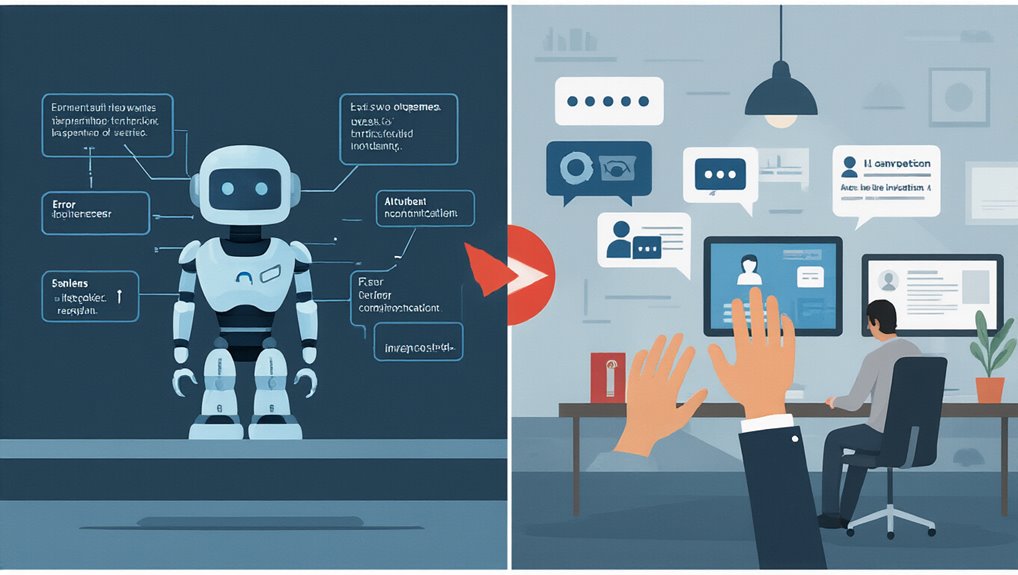While many organizations struggle to align their IT initiatives with business goals, successful companies implement proven strategies that drive measurable results. The foundation of effective IT strategy implementation begins with strategic clarity—clearly defining objectives and communicating them throughout the organization. Companies that excel in strategy execution guarantee everyone understands not just what needs to be done, but why it matters.
Technology integration plays an essential role in streamlining strategy execution. Real-time dashboards enable stakeholders to monitor progress and identify bottlenecks quickly. Organizations should leverage automation to handle repetitive tasks, allowing teams to focus on high-value initiatives that drive strategic outcomes. Implementing API integration can significantly improve operational efficiency by enabling seamless data flow between business applications.
Technology becomes the driving force behind strategy when it eliminates repetitive tasks and illuminates the path toward high-value outcomes.
Resource allocation represents another critical factor. Successful IT strategies include detailed plans for distributing financial, human, and technological resources efficiently. Without adequate resources, even the most brilliant strategies will falter during implementation.
Many IT strategies fail due to common challenges:
- Lack of clear metrics to evaluate progress
- Resistance to change from stakeholders
- Insufficient resource allocation
- Underestimation of implementation complexity
- Poor communication across departments
Building unified IT systems requires integrated platforms that connect different business functions. Cross-functional teams help break down silos and align departments toward common goals. Standardized processes guarantee consistency in execution across the organization.
Organizations must establish clear KPIs to measure success. Regular assessments provide insights into progress and identify areas needing adjustment. Feedback mechanisms should capture input from all stakeholders, creating a continuous improvement loop.
Data-driven decision-making forms the backbone of successful IT strategies. By using real-time data, organizations can make informed adjustments to their approaches. This adaptability is essential in rapidly changing business environments.
Creating a culture of accountability ensures team members take ownership of their responsibilities. When combined with simplified complexity—breaking down complex strategies into manageable components—this accountability drives consistent progress toward strategic goals. Implementing the S.M.A.R.T. framework helps organizations translate broad IT objectives into concrete, actionable steps with clear timelines.
To overcome IT strategy challenges, you need structured processes, stakeholder engagement, and continuous evaluation. Studies show that implementing a three-dimensional approach to IT strategy can significantly increase the chances of successful outcomes. By addressing these elements systematically, your organization can develop advanced, unified systems that deliver lasting results.









